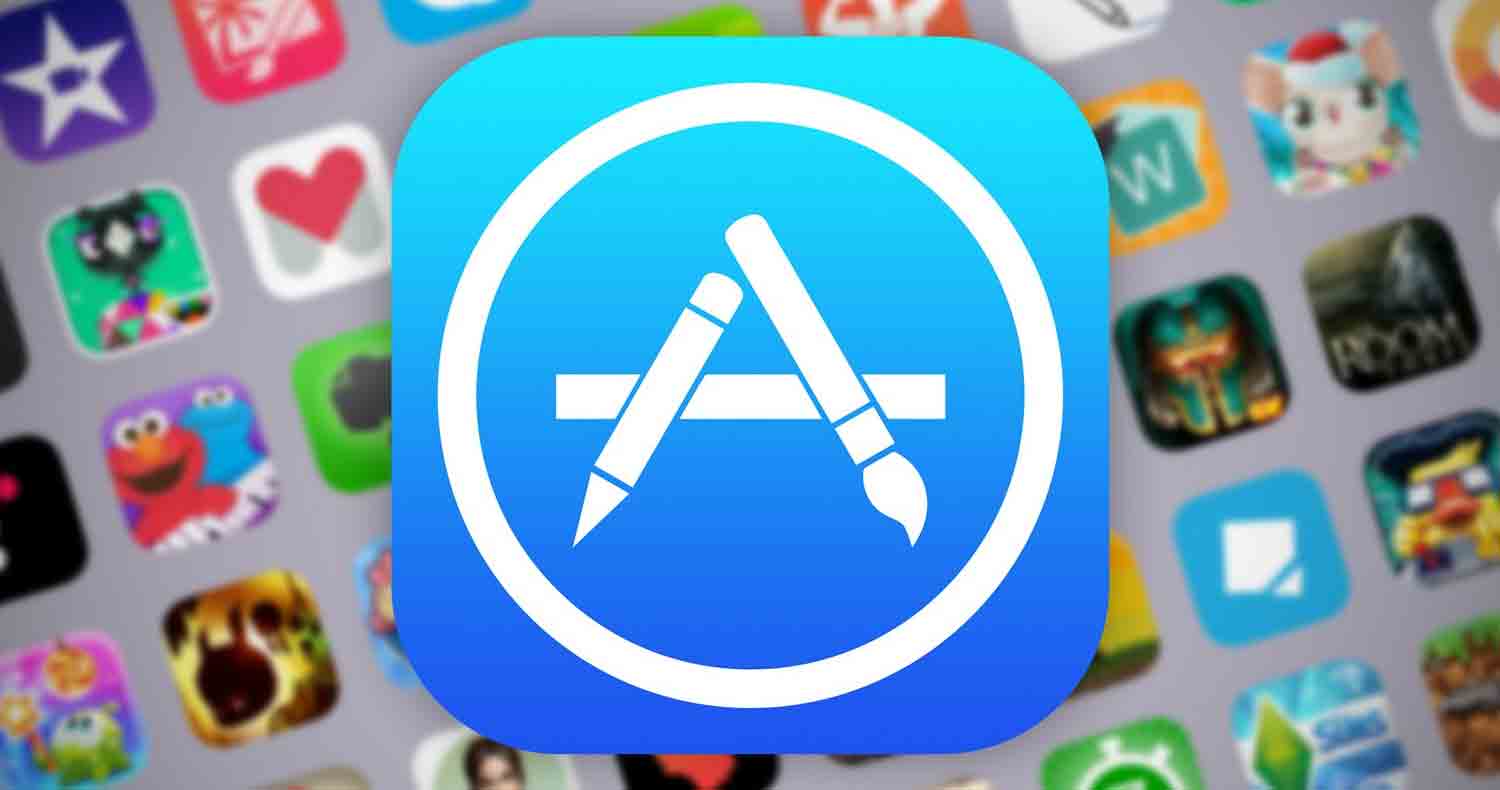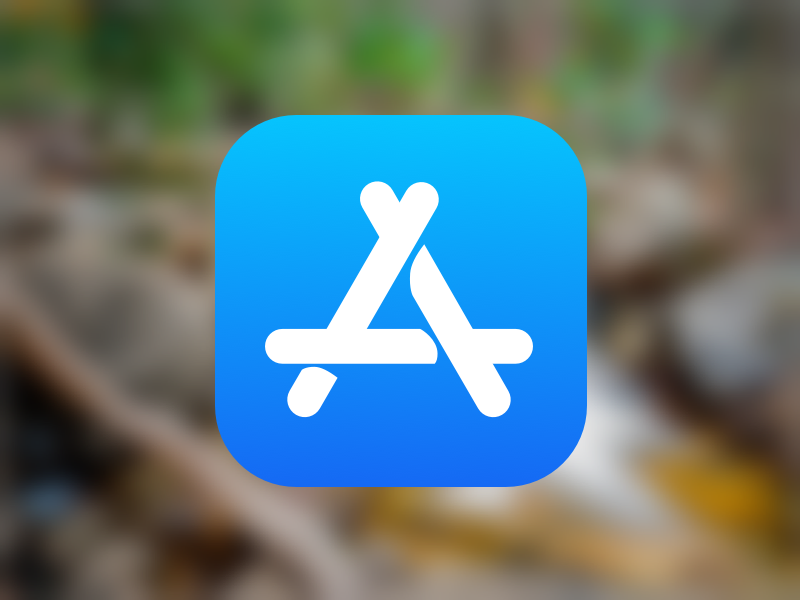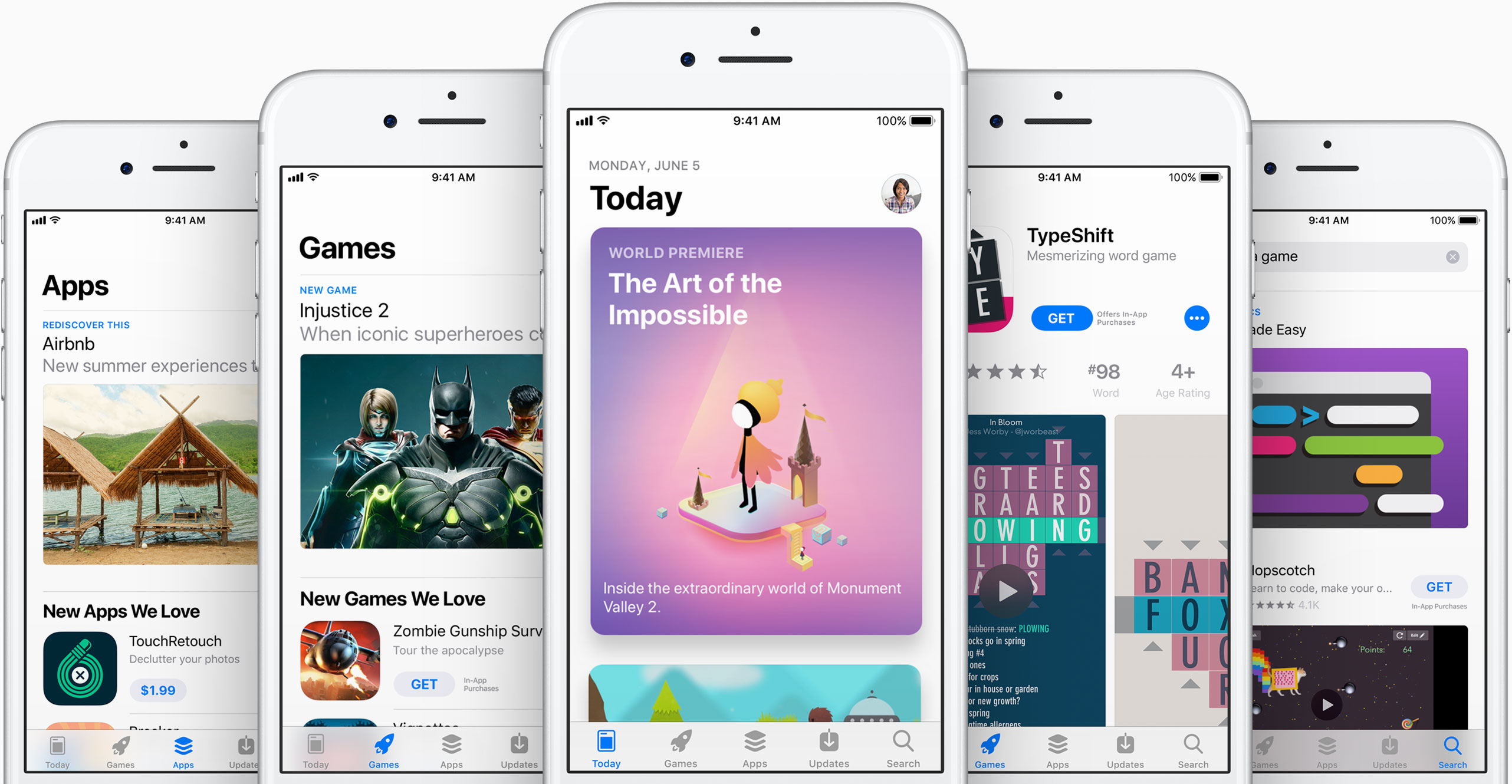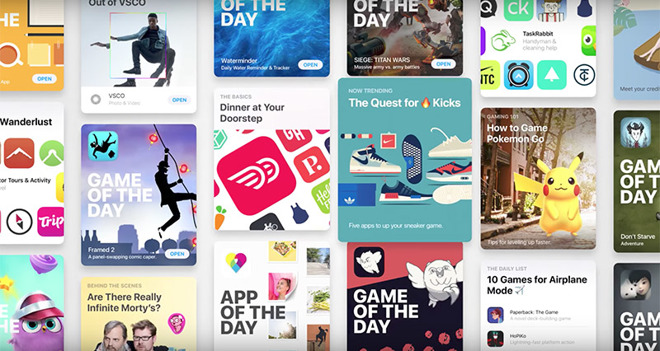Tim Cook addresses the audience at WWDC on June 13, 2016. Thousands of people are ready to learn the hottest news from the apple world. The App Store is on a winning streak through the software world, and Apple is encouraging developers to switch from one-time payments for apps to a subscription system. The company's push to expand subscriptions eventually resulted in a secret New York meeting with thirty software developers in April 2017.
The developers who were present at the meeting in the luxury loft soon realized that the Cupertino giant was demanding something from them. Apple representatives told developers that they need to be aware of the change that the business model of the App Store has undergone. Successful applications transitioned from a one-time payment format to a regular subscription system.
Initially, the price of applications in the App Store was around one to two dollars, while the developers of more expensive applications tended to make their software cheaper. According to Steve Jobs' statement at the time, developers who reduced the prices of their applications saw up to a two-fold increase in sales. According to him, the developers experimented in an attempt to maximize profit.
Ten years later, Apple has increased its efforts to create a sustainable business model. However, according to the company, the path to it does not lead either through reducing the prices of high-quality applications, or through efforts to monetize through advertising. Applications such as Facebook or Instagram connect users with family or friends - these are "networking" applications. In contrast, software that helps you crop a photo or edit a document on your iPhone is more of a tool. The arrival of the App Store in 2008 and the discounting of software greatly benefited the aforementioned "network" applications, which thus reached a larger number of users and, thanks to the profits from advertising, their creators did not have to deal with discounting.
It was worse with tools and utilities. Because their developers often sold the application for a one-time transaction worth a few dollars, but their expenses - including the cost of updates - were regular. Apple tried to solve this problem in 2016 with an internal project called "Subscriptions 2.0". This was intended to allow developers of certain applications to provide their products for a regular fee instead of a one-time purchase, thereby ensuring a more constant source of cash flow to cover necessary expenses.
This September, this project will celebrate its second anniversary. Subscription-based apps still make up just a fraction of the two million apps available in the App Store, but they're still growing — and Apple is happy. According to Tim Cook, subscription revenue exceeded 300 million, up 60% from last year. "What's more, the number of apps that offer subscriptions continues to grow," Cook said. "There are almost 30 available in the App Store," he added.
Over time, Apple managed to convince developers of the benefits of the subscription system. For example, the FaceTune 2 application, which, unlike its predecessor, already works on a subscription basis, has gained great popularity. Its user base has more than 500 active members. Among the best-known examples of applications of this type are streaming services such as Netflix, HBO GO or Spotify. However, users are still rather conflicted about monthly payments for tools and utilities, and a significant number of them prefer one-time payments.
Source: BusinessInsider




